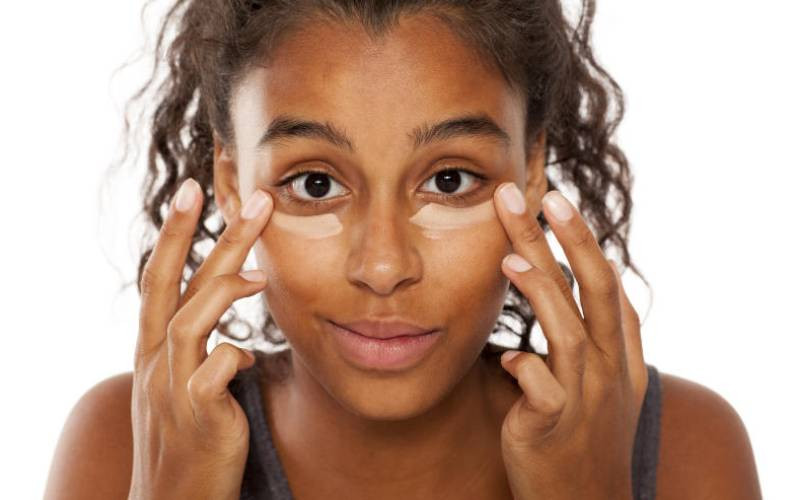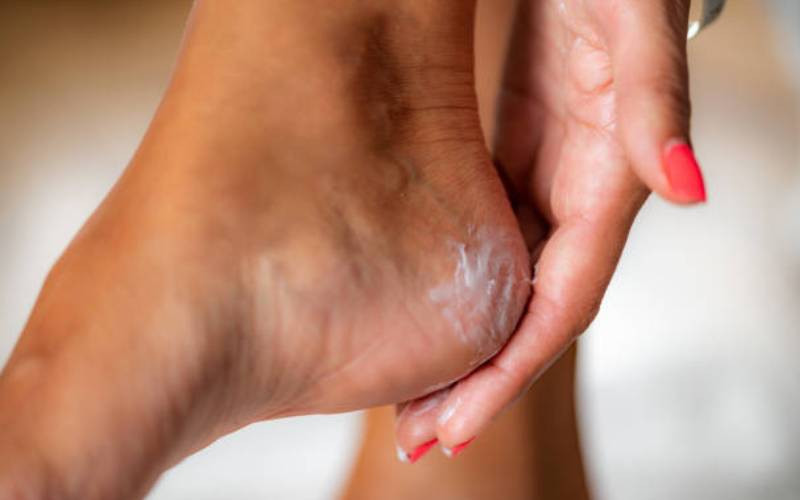
Acne is a stubborn skin condition that can appear on your face, neck, chest, back or any other part of your body. Knowing what type of acne you’re having is the key step to clearing it. You won’t spend time and money dealing with products that won’t treat your type of acne effectively.
Basically, there are two categories of acne, which are inflammatory and non-inflammatory acne. Each responds to treatments differently.
To help you fully diagnose the type of acne you may have without necessarily having to seek the advice of a professional, which is highly recommended, here is what you need to know about acne.
Inflammatory acne
The common underlying cause of inflammatory acne is bacteria, dead skin cells and sebum. It’s mostly characterized by redness and swelling either close to the surface of the skin or deep within the skin.
The four types of inflammatory acne are papules, nodular acne, cystic and pustular.
PapulesPapules are small red bumps that can appear on your face and back. They occur when the walls of your pores get inflamed. Bacteria get into the pores which causes the tiny red bumps on your skin. Papules can be cleared with Salicylic or Benzoyl peroxide face wash, depending on how severe it is.
Pustular acnePustules are red bumps with white or yellow heads. The heads are an indication of puss. This type of breakout is caused by bacteria. You should never pop them because it could make the acne worse or increase scarring when they heal. Try using Benzoyl Peroxide face washes or acne cream containing it.
Cystic acneThis is a more severe form of acne because the inflammation occurs deeper into the skin. The risk of scarring is high and you should be careful when seeking treatments. The cysts are painful and filled with blood and puss. You shouldn’t attempt to pop them because it’ll cause more irritation. Home and over the counter treatments don’t work. You should visit your dermatologist for draining and proper treatment.
Nodular acneThis is also a type of inflammation that occurs deep within the layer of your skin. They’re large and painful and they often cause scarring. Just like cysts, topical over the counter remedies don’t work. You should visit your dermatologist to get proper medication.
Non inflammatory acne
There’s no swelling with non-inflammatory acne. They occur when pores get clogged with oil, dead skin cells and bacteria in some cases. They’re a mild form of acne and you can easily find treatments.
The two types are open and closed comedones.
Open comedones (blackheads)Blackheads look like small dark spots on your skin. The main cause is dead skin cells and sebum which fills the pores. Since the pore is open, it turns dark, which results in the visibly colored spots. You can find over the counter treatments that contain ingredients like salicylic acid, sulfur and Benzoyl Peroxide for this.
Closed comedones (white heads)They look like small white bumps on the skin. They also form as a result of sebum and dead skin cells in the pores. Over the counter treatments with salicylic acid also work for this type of acne.
When you’re prone to acne breakouts you should always be careful with what products you use to avoid further irritation.
Your diet could also be a trigger. Limit your stress levels, get enough sleep, avoid smoking, sleep on clean beddings and ensure your oily dirty hair does not come into contact with your bare face.
You're going on vacation to Mars. What one food do you bring? The Standard Group Plc is a multi-media organization with investments in media platforms spanning newspaper print
operations, television, radio broadcasting, digital and online services. The Standard Group is recognized as a
leading multi-media house in Kenya with a key influence in matters of national and international interest.
The Standard Group Plc is a multi-media organization with investments in media platforms spanning newspaper print
operations, television, radio broadcasting, digital and online services. The Standard Group is recognized as a
leading multi-media house in Kenya with a key influence in matters of national and international interest.




